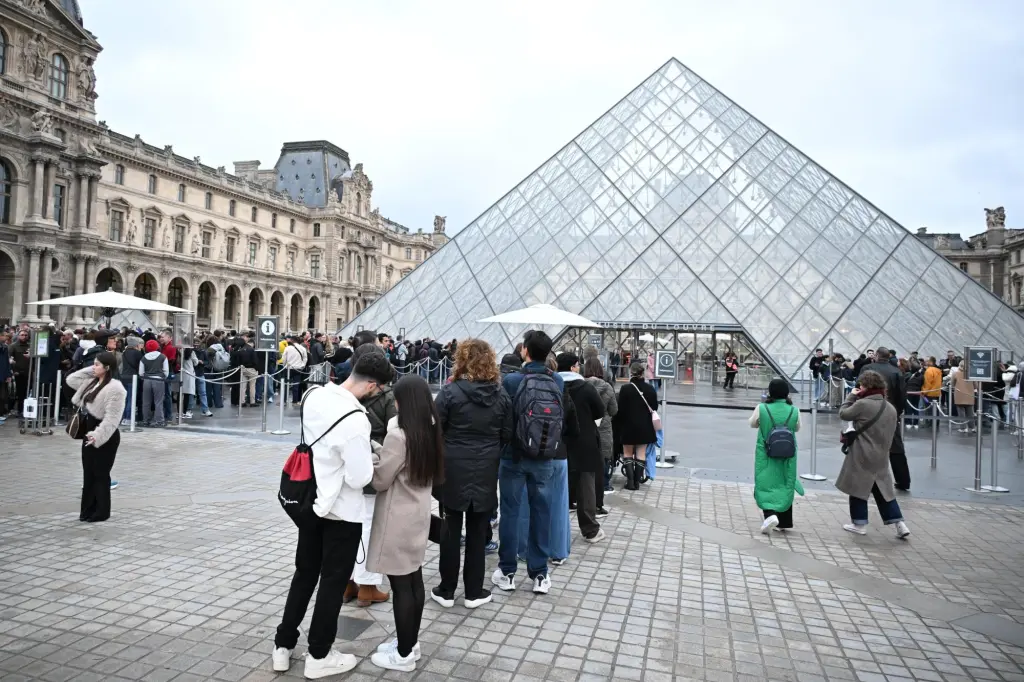Copyright St. Paul Pioneer Press

To place an obituary, please include the information from the obituary checklist below in an email to obits@pioneerpress.com. There is no option to place them through our website. Feel free to contact our obituary desk at 651-228-5263 with any questions. General Information: Your full name, Address (City, State, Zip Code), Phone number, And an alternate phone number (if any) Obituary Specification: Name of Deceased, Obituary Text, A photo in a JPEG or PDF file is preferable, TIF and other files are accepted, we will contact you if there are any issues with the photo. Ad Run dates There is a discount for running more than one day, but this must be scheduled on the first run date to apply. If a photo is used, it must be used for both days for the discount to apply, contact us for more information. Policies: Verification of Death: In order to publish obituaries a name and phone number of funeral home/cremation society is required. We must contact the funeral home/cremation society handling the arrangements during their business hours to verify the death. If the body of the deceased has been donated to the University of Minnesota Anatomy Bequest Program, or a similar program, their phone number is required for verification. Please allow enough time to contact them especially during their limited weekend hours. A death certificate is also acceptable for this purpose but only one of these two options are necessary. Guestbook and Outside Websites: We are not allowed to reference other media sources with a guestbook or an obituary placed elsewhere when placing an obituary in print and online. We may place a website for a funeral home or a family email for contact instead; contact us with any questions regarding this matter. Obituary Process: Once your submission is completed, we will fax or email a proof for review prior to publication in the newspaper. This proof includes price and days the notice is scheduled to appear. Please review the proof carefully. We must be notified of errors or changes before the notice appears in the Pioneer Press based on each day’s deadlines. After publication, we will not be responsible for errors that may occur after final proofing. Online: Changes to an online obituary can be handled through the obituary desk. Call us with further questions. Payment Procedure: Pre-payment is required for all obituary notices prior to publication by the deadline specified below in our deadline schedule. Please call 651-228-5263 with your payment information after you have received the proof and approved its contents. Credit Card: Payment accepted by phone only due to PCI (Payment Card Industry) regulations EFT: Check by phone. Please provide your routing number and account number. Cash: Accepted at our FRONT COUNTER Monday – Friday from 8:00AM – 3:30PM Rates: The minimum charge is $162 for the first 10 lines. Every line after the first 10 is $12.20. If the ad is under 10 lines it will be charged the minimum rate of $162. On a second run date, the lines are $8.20 per line, starting w/ the first line. For example: if first run date was 20 lines the cost would be $164. Each photo published is $125 per day. For example: 2 photos in the paper on 2 days would be 4 photo charges at $500. Deadlines: Please follow deadline times to ensure your obituary is published on the day requested. Hours Deadline (no exceptions) Ad Photos MEMORIAM (NON-OBITUARY) REQUEST Unlike an obituary, Memoriam submissions are remembrances of a loved one who has passed. The rates for a memoriam differ from obituaries. Please call or email us for more memoriam information Please call 651-228-5280 for more information. HOURS: Monday – Friday 8:00AM – 5:00PM (CLOSED WEEKENDS and HOLIDAYS) Please submit your memoriam ad to memoriams@pioneerpress.com or call 651-228-5280. By LAURIE KELLMAN and JOHN LEICESTER, Associated Press PARIS (AP) — The glittering sapphires, emeralds, and diamonds that once adorned France’s royals could well be gone forever, experts said Tuesday after a brazen, four-minute heist in broad daylight left the nation stunned and the government struggling to explain a new debacle at the Louvre. Each stolen piece — an emerald necklace and earrings, two crowns, two brooches, a sapphire necklace and a single earring — represents the pinnacle of 19th century “haute joaillerie,” or fine jewelry. But for the royals, they were more than decoration. The pieces were political statements of France’s wealth, power and cultural import. And they are so significant that they were among the treasures saved from the government’s 1887 auction of most royal jewels. Laure Beccuau, the Paris prosecutor whose office is leading the investigation, said Tuesday that in monetary terms, the stolen jewelry is worth an estimated $102 million but also noted that the estimate doesn’t include historical value. About 100 investigators are now involved in the police hunt for the suspects and the gems, she said. The theft of the crown jewels left the French government scrambling — again — to explain the latest embarrassment at the Louvre, which is plagued by overcrowding and outdated facilities. Activists in 2024 threw a can of soup at the Mona Lisa. And in June, the museum was brought to a halt by its own striking staff, who complained about mass tourism. President Emmanuel Macron has announced that the Mona Lisa, stolen by a former museum worker in 1911 and recovered two years later, will get its own room under a major renovation. Now the sparkling jewels, artifacts of a French culture of long ago, are likely being secretly dismantled and sold off in a rush as individual pieces that may or may not be identifiable as part of the French crown jewels, experts said. “It’s extremely unlikely these jewels will ever be retrieved and seen again,” said Tobias Kormind, managing director of 77 Diamonds, a major European diamond jeweler, said in a statement. “If these gems are broken up and sold off, they will, in effect, vanish from history and be lost to the world forever.” Crown jewels are symbols of heritage and national pride At once intimate and public, crown jewels are kept secured from the Tower of London to Tokyo’s Imperial Palace as visual symbols of national identities. In the Louvre’s case, the gems were stolen from the former palace’s gilded Apollo Gallery, itself a work of art rendered in “sun, gold and diamonds,” per the museum’s website. Interior Minister Laurent Nunez said more than 60 police investigators are involved in the manhunt for the four robbery suspects. The thieves were divided into two pairs, with two people aboard a truck with a cherry picker they used to climb up to the gallery, Nunez said. Photos showed the equipment’s ladder reaching to the floor above street level. Taken, officials said, were eight pieces, part of a collection whose origin as crown jewels date back to the 16th century when King Francis I decreed that they belonged to the state. The Paris prosecutor’s office, leading the investigation, said that two men with bright yellow jackets broke into the gallery at 9:34 a.m. — half an hour past opening time — and left the room at 9:38 a.m. before fleeing on two motorbikes. The missing pieces include two crowns, or diadems. One, given by Emperor Napoleon III to the Empress Eugenie in 1853 to celebrate their wedding, holds more than 200 pearls and nearly 2,000 diamonds. The second is a starry sapphire-and diamond headpiece — and also a necklace and single earring— worn by, among others, Queen Marie-Amelie, French authorities said. Also stolen: a necklace of dozens of emeralds and more than 1,000 diamonds that was a wedding gift from Napoleon Bonaparte to his second wife, Marie-Louise of Austria, in 1810. The matching earrings also were stolen. The thieves also made off with a reliquary brooch and a large bodice bow worn by Empress Eugenie — both pieces diamond-encrusted, French officials said. The robbers dropped or abandoned a hefty ninth piece, which was damaged: a crown adorned with gold eagles, 1,354 diamonds and 56 emeralds, worn by Empress Eugenie. Left untouched were other items in the crown jewel collection, which before the heist included 23 jewels, according to the Louvre. Remaining, for example, is the plum-sized Regent, a white diamond said the be the largest of its kind in Europe. Now it’s a race against time Authorities haven’t given a monetary value for the stolen jewels. But they are worth many tens or hundreds of millions, even if they’re too famous to be sold on the open market in their original state. The emotional loss is keenly felt and easier to measure, with many describing France’s failure to secure its most precious items as a wounding blow to national pride. “These are family souvenirs that have been taken from the French,” conservative lawmaker Maxime Michelet said in Parliament on Tuesday, quizzing the government about security at the Louvre and other cultural sites. “Empress Eugenie’s crown — stolen, then dropped and found broken in the gutter, has become the symbol of the decline of a nation that used to be so admired,” Michelet said. “It is shameful for our country, incapable of guaranteeing the security of the world’s largest museum.” The theft Sunday was not the first Louvre heist in recent years. But it stood out for its forethought, speed and almost cinematic quality as one of the highest-profile museum thefts in living memory. In fact, it echoed the fictional theft from the Louvre of a royal crown by a “gentleman thief” in the French television show “Lupin” — which in turn is based on a 1905 series of stories. The romance of such a theft is mostly a creation of showbiz, according to one theft investigator. Christopher A. Marinello, a lawyer with Art Recovery International, said he’s never seen a “theft-to-order” by some shadowy secret collector. “These criminals are just looking to steal whatever they can,” Marinello said. “They chose this room because it was close to a window. They chose these jewels because they figured that they could break them apart, take out the settings, take out the diamonds and the sapphires and the emeralds” overseas to “a dodgy dealer that’s willing to recut them and no one would ever know what they did.” What happens now is a race against time both for the French authorities hunting the thieves and for the perpetrators themselves, who will have a hard time finding buyers for the pieces in all their royal glory, . “Nobody will touch these objects. They are too famous. It’s too hot. If you get caught you will end up in prison,” aid Dutch art sleuth Arthur Brand. “You cannot sell them, you cannot leave them to your children.” Kellman reported from London. Associated Press writer Mike Corder contributed from The Hague, Netherlands. Originally Published: October 21, 2025 at 2:34 PM CDT



